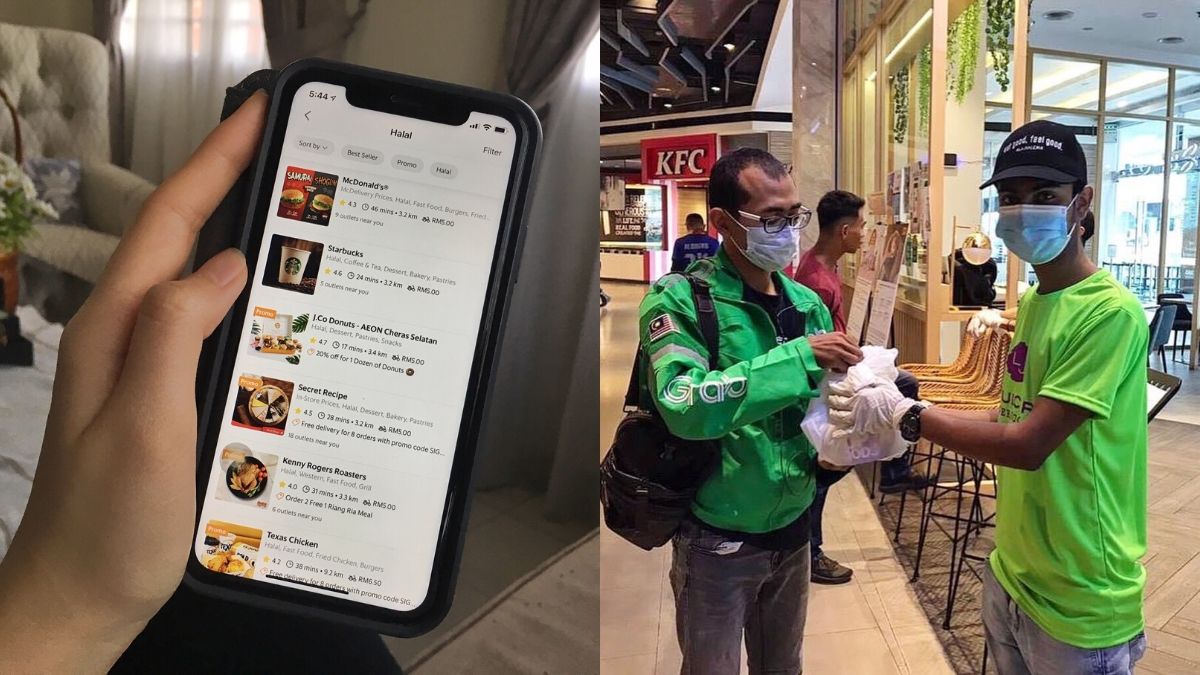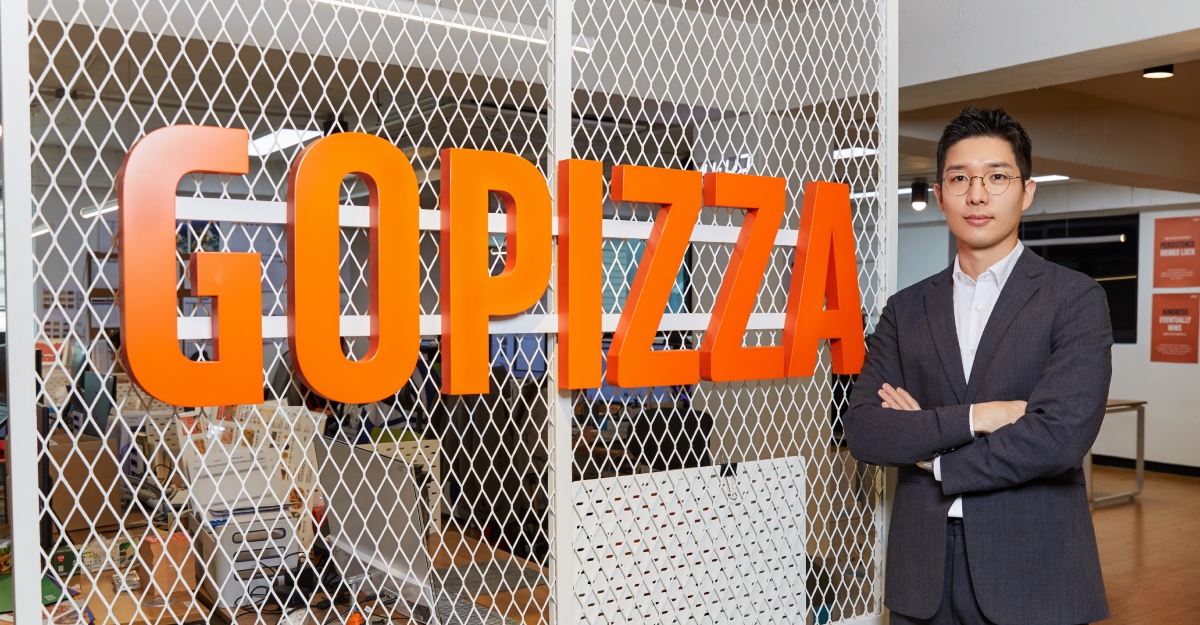Disclaimer: This article was not sponsored by Grab, and the opinions shared are the author’s own.
Recently, there have been public Facebook posts made by several F&B merchants highlighting how the GrabFood app has, at times, automatically labelled their stores as being “Unavailable For Delivery” or “Closed” for one reason or another.
Whenever this happens, these merchants are often unaware of it until their customers reach out to them directly to ask about it.
This results in the loss of sales, as according to merchants like Burgertory and Mamalee, this usually happens around rush hour.
In the comments of the post, customers have claimed that they would usually see the same recycled, popular F&B merchants like McDonald’s or KFC during rush hour, and would only see the smaller players pop up again on the app after rush hour.

These merchants also state that they’ve contacted GrabFood’s customer service a bunch of times to enquire about this issue, but usually get either no response, or one that ends up with no action being taken anyway.
It’s understandable that these merchants and their customers are upset over this. However, I’d like to share several plausible reasons why this is happening.
1. Profit Is Prioritised
I don’t believe that most businesses that operate on a model like Grab’s are here to play “fair”, and it won’t be logical if they did.
They’re here to help you help themselves, and ultimately, what they seek is profit. For food delivery services, merchants who can bring in consistent sales and profits will be larger ones like McDonald’s or KFC.
Based on what I understand, these merchants actually pay lower commission rates (for example, maybe 20% VS the usual 30-35%), not higher ones.
But what GrabFood loses out on commission rates is made up for by the sheer volume of orders these larger merchants bring in (for example, 500 orders/day VS a smaller merchant’s 50 orders/day, assuming the orders all average out to be about RM20).
In the end, GrabFood will still earn RM2,000 in commission from the larger merchants, compared to the RM350 from the smaller merchant.
(This is a very simplified calculation, and until GrabFood Malaysia comes out with a transparent breakdown, we don’t know for sure how much goes to the riders and GrabFood itself, not taking into consideration other costs.)
Larger merchants like the aforementioned ones have the manpower to churn out fast paced, high volume orders, and therefore would be able to make the most amount of money in the short rush hour window.
In the end, GrabFood will still profit more from the bigger players, hence why the app’s algorithm might have been built to prioritise these larger players at rush hour and “hide” the smaller ones.
This is my logical conclusion, however, according to GrabFood’s statement, they “do not turn off any of their stores based on commissions”.

Editor’s Update: The above sections have been edited for better clarification on the author’s part.
2. The Technology Is Not Perfect
Considering the larger volume of users that GrabFood is contending with this MCO, I’m not surprised if the system’s filter sometimes glitches or fails.
In an ideal situation, GrabFood would always have a team keeping an eye on that and fixing any issues that crop up ASAP, but with the number of other features they carry in their app, it might be easier said than done.
As the merchants pointed out, the issue usually gets resolved with a call to their customer service, and their business will be back on the app after that.
Yes, it gets annoying when you have to do it several times, but prior to the MCO, there have been no public complaints about this happening, or at least none that I am aware of.
It appears that this might be an MCO-specific issue, and if so, GrabFood should look into it and clarify the situation with all its merchants.
3. Rider Fleet Management Ain’t Easy
One reason why merchants use GrabFood is because they have a large fleet of riders spread out across the country.
These riders are probably organised according to some formula that’s unbeknownst to both merchants and customers, and so we don’t know how riders are delegated.
According to GrabFood’s recent response post, when there’s a lack of delivery riders, the system automatically reduces the service distance/radius to ensure that people can still get their food on time.
If you live further away from a specific merchant, this might mean that you would be unable to order from them.
On the other hand, however, it also seems that occasionally the opposite may happen, where you’ll be able to order from a far-away merchant and not a nearby one.
Weather may also play a role in how certain merchants are prioritised, as the comment below highlighted.

4. Grab’s Internal Management Probably Has Less Say Than You’d Think
In my line of work, I’ve heard several stories from startups who’ve had to turn away investors and shareholders who just weren’t the right fit for them.
Investors might want to have a certain degree of control over what the company does and how it’s done, and it’s up to the company to decide whether they want to trade that control for funding.
I’m not saying that this is necessarily the case for Grab, but I won’t be surprised if the company is operating in a way that’s keeping its shareholders happy.
According to its CEO and co-founder Anthony Tan, some of Grab’s operations are already profitable, but the company is waiting to be fully profitable before going public with an IPO.
In the time between now and that happening, I believe Grab is treading carefully and protecting the interests of its current shareholders for their own benefit.
You might disagree with their way, but not all businesses are run the same.
-//-
These reasons are of course only my opinions, and I know not everyone will agree.
Despite trying to give GrabFood the benefit of the doubt, I believe that they can do some things better as well.
For one, it would be good if they could provide a map function in the GrabFood feature before you even place your order (not just after), much like the one for GrabCar where you can see all the riders in the area and further out.
This could provide more transparency to customers as well on whether or not they’re really unable to order from merchant A due to a lack of riders in that area. At the moment, we only have GrabFood’s word to go by.
Something else that GrabFood acknowledged was the fact that, despite informing their merchants of the potential that they might have their businesses labelled “Closed” during festive seasons, they didn’t bother to check if the merchants actually got the memo.
They should be more proactive in ensuring that their merchants are on the same page, and after publicly announcing this acknowledgement, merchants will be sure to expect this responsibility from GrabFood in the future.
I think it’s good that F&B merchants highlight these sorts of issues, because they’re worthwhile discussions to at least have, and could bring about more transparency within the system.
Whether or not that will happen is uncertain, as GrabFood will want to avoid being one upped by close competition like foodpanda.
If you’re a customer of smaller F&B merchants, you can always amplify your support of them by making direct orders to the restaurant instead and arranging for pickup if possible. This way, they’ll at least be able to fully profit from our purchases.
- You can read more on what we’ve written about GrabFood here.
Featured Image Credit: GrabFood












